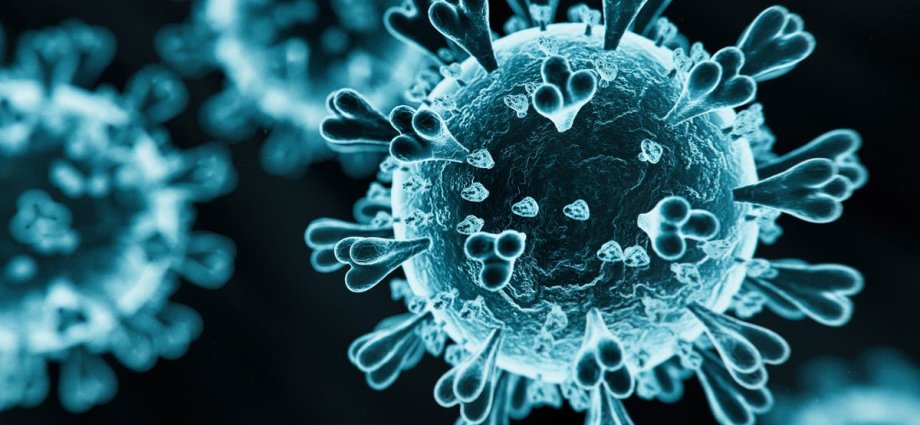Covid hospitalisations have surged across Britain at an “alarming” rate as a new variant of the virus emerged, the UK Health Security Agency (UKHSA) has warned.
UKHSA figures showed the admission rate for patients testing positive for Covid XEC stood at 4.5 per 100,000 people in the week to October 6 – up from 3.7 a week earlier.
The North East has seen the highest hospital admission rates at 8.12 per 100,000, whilst those aged 85 and older face an alarming surge, reaching 52.48 per 100,000, according to the UKHSA.
Cases of the XEC variant, first detected in Germany in June, have also been found in the United States, Denmark and other countries.
The strain, a combination of the KS.1.1 and KP.3.3 variants, presents symptoms similar to those of other Covid variants including tiredness, headaches, a sore throat and high temperatures.

Since it is still only a sub-family of the same omicron lineage, experts say keeping up to date with vaccines and booster shots would offer sufficient protection against severe illness and hospitalisation.
It is characterised by mutations in the building block molecules phenylalanine (F) altered to leucine (L), and arginine (R) to threonine (T) on the spike protein that the virus uses to attach to human cells.
The second omicron subvariant KP.3.3 belongs to the category FLuQE where the amino acid glutamine (Q) is mutated to glutamic acid (E) on the spike protein, making its binding to human cells more effective.
The US Centers for Disease Control & Prevention also advises people to practise good hygiene and to take steps for cleaner air.
Researchers have called for monitoring the XEC variant more closely to better understand its symptoms.
What are Covid XEC symptoms?
The XEC strain presents similar cold and flu-like symptoms to previous variants.
They include:
- a high temperature
- aches
- tiredness
- a cough or sore throat
As with Covid generally, most people tend to feel better within a few weeks, but others can take longer.











